MotoGP | GP Jerez: Brembo, curiosities about the Spanish GP
On a scale of 1 to 6, Jerez earned a difficulty rating of 4
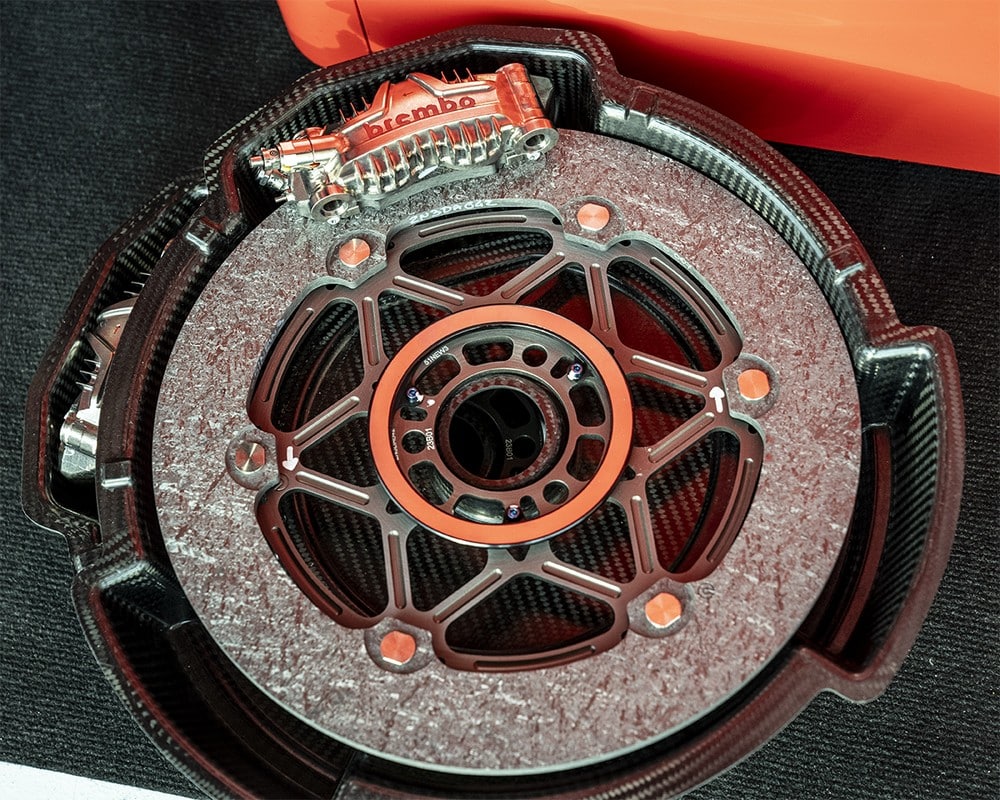
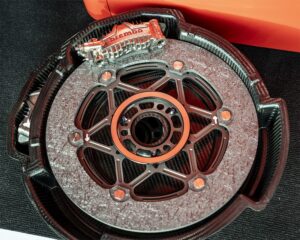
MotoGP Brembo Spanish GP Jerez – After the trip to Austin, the MotoGP returns to Europe, to Jerez, for the fourth round of the 2024 season.
Difficulty 4 out of 6 on the Brembo scale for one of the circuits that is demanding on the brakes. 11 braked for 33 seconds per lap of braking system operation.
I dati del GP Spagna della Brembo
According to Brembo technicians who work closely with all the MotoGP riders, the 4,42 km long Circuito de Jerez falls into the category of circuits that are demanding on the brakes. On a scale of 1 to 6, it earned a difficulty index of 4 due to 11 braking sections for 33 seconds per lap while the braking system was in operation. The total load on the brake lever applied by each rider in the entire GP is close to one ton.
The first Spaniard with the latest axial
Having dominated the lower categories for a long time, Spanish riders began to make their mark in the premier class in the second half of the nineties, thanks to Alex Crivillé: the Catalan was vice world champion in 1996, missed a third of the 1997 championship due to injury, he finished third in 1998 and became champion in 1999. He triumphed aboard the Honda equipped with 290 mm and 320 mm carbon discs depending on needs and four-piston Brembo calipers.
That was the last premier class World Championship featuring a motorcycle equipped with axial calipers because in 2000 Kenny Roberts Jr won with the Suzuki embellished with radial calipers. A solution that seemed impossible to implement, but which, with tenacity, Brembo engineers managed to put into practice. The first to experiment with it was the Aprilia 250, followed by the official Suzuki 500s. And it was precisely the successes of the latter that led the HRC team to use them at the end of the 1999 World Championship, when Crivillé's title was now in the safe.
La curva più dura di Jerez
The hardest corner of the Circuito de Jerez for the braking system is 6: the MotoGP bikes go from 296 km/h to 67 km/h in 5,1 seconds in which they cover 229 meters while the riders apply a load on the brake lever 5,5kg. The deceleration is 1,5 g, the pressure of the Brembo brake fluid reaches 11,7 bar and the temperature of the carbon discs reaches 700 °C.
Vale's shoulder
In 2005 the World Championship started in Jerez. Valentino Rossi on pole with half a second on Sete Gibernau. The friendship between the two had broken down the year before in Qatar when the Italian was relegated to the back of the grid because his mechanics had cleaned the starting pitch. In Jerez the Spaniard led for a long time, but Rossi overtook him on the third to last lap, only to make a mistake braking at the last. Gibernau returned to the front, but at the final corner the Italian attacked him on the inside, displacing him with a shoulder. Thanks to that clever move Valentino managed to establish himself.
The masters of design
In the winter of 1958, Pablo Picasso became the protagonist of a world premiere: in Cannes he painted “Las guirnaldas de la paz” on the side of a Citroën DS19, a work depicting flowers, a tree and a family. Brembo also contributes to the customization of cars through colored calipers, in production since 1992. Red is the most iconic colour, but there are over 150 solutions available: through colour, Brembo has transformed a "simple" mechanical product into a true and its own design icon. Almost like Picasso..
if you want to always be updated on our news
Follow us here
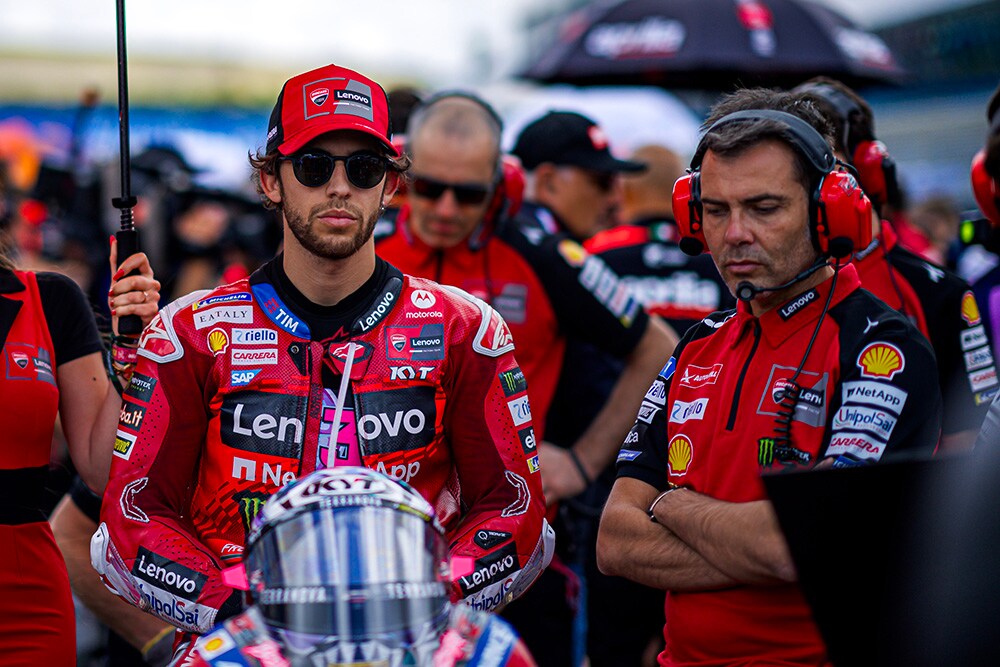
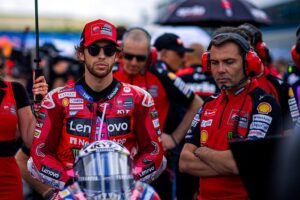
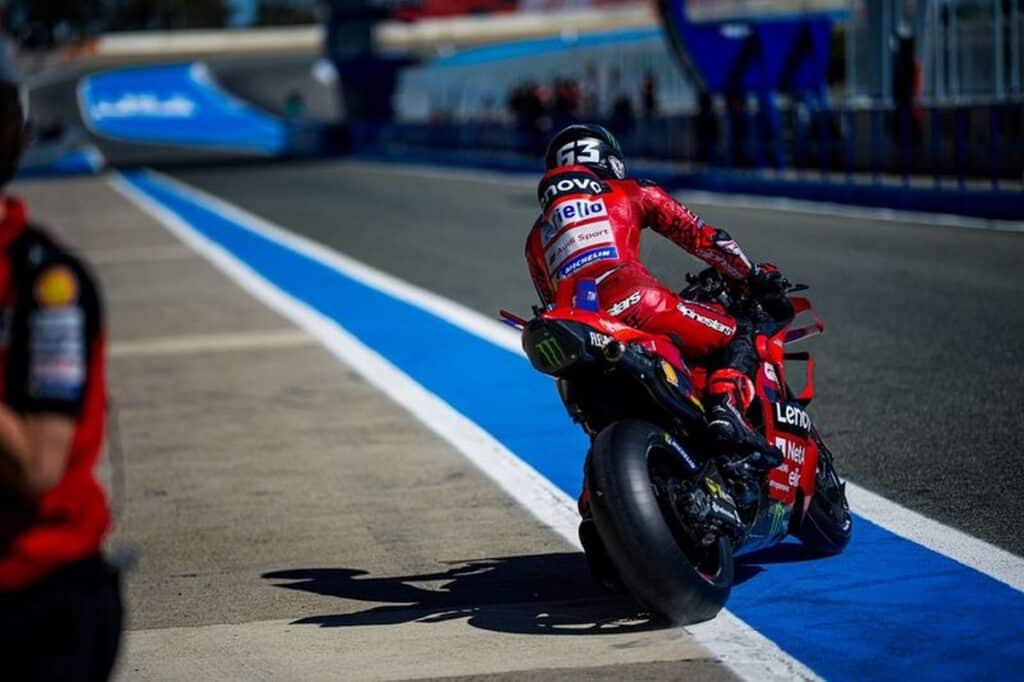
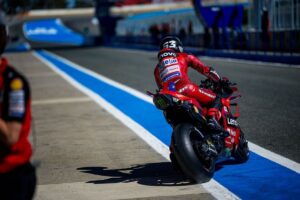
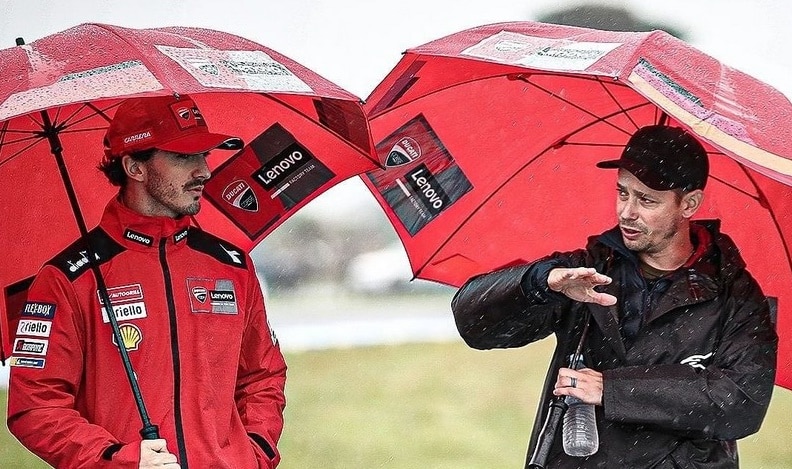
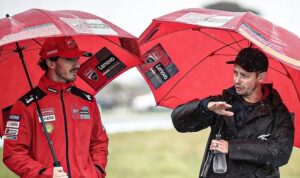
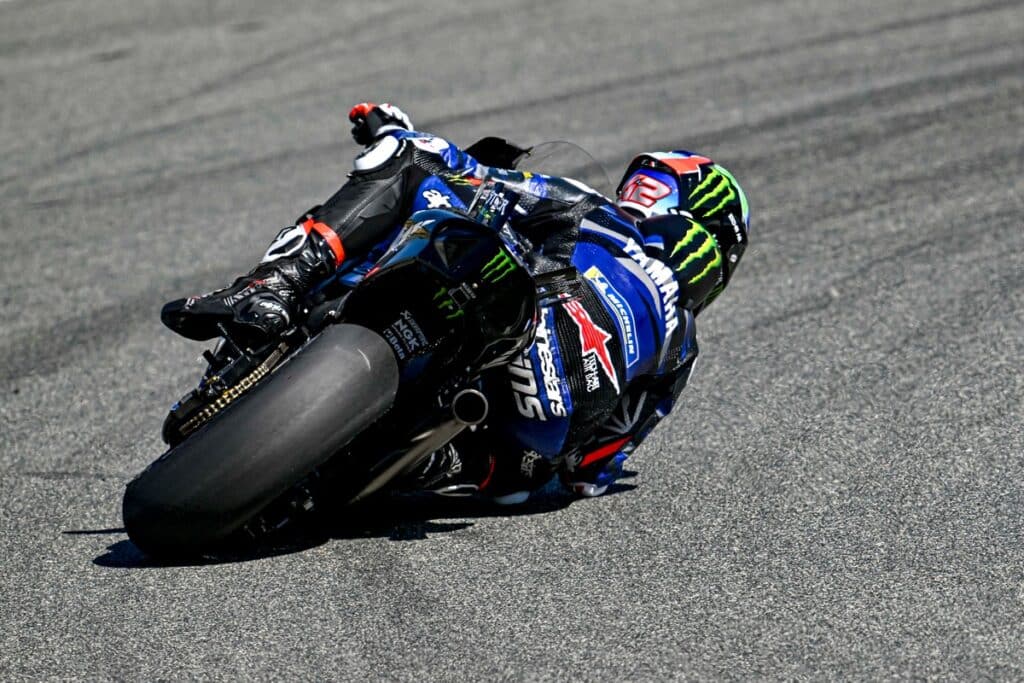
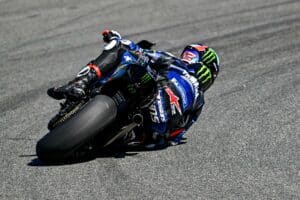
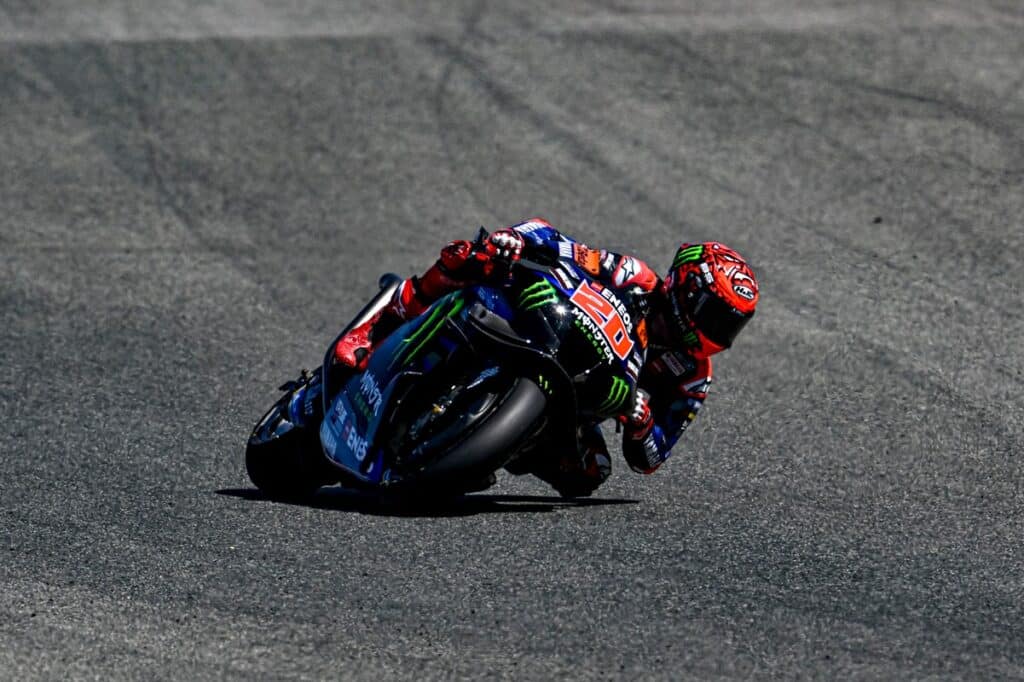
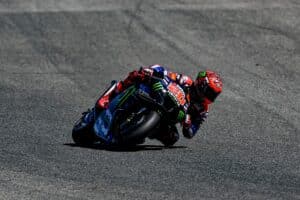
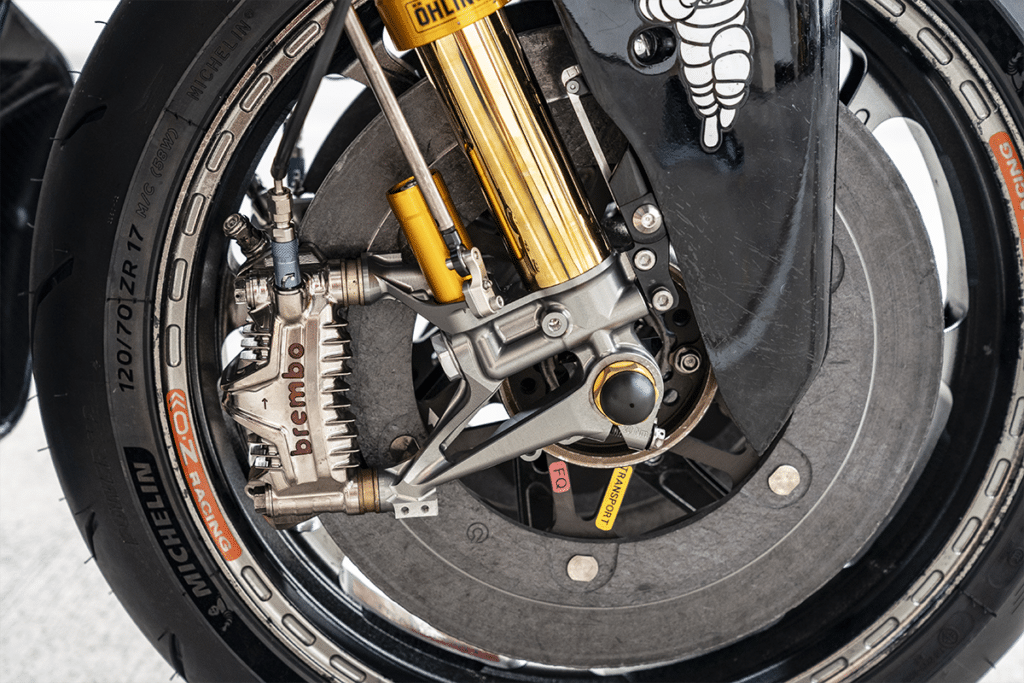
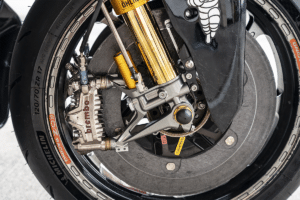
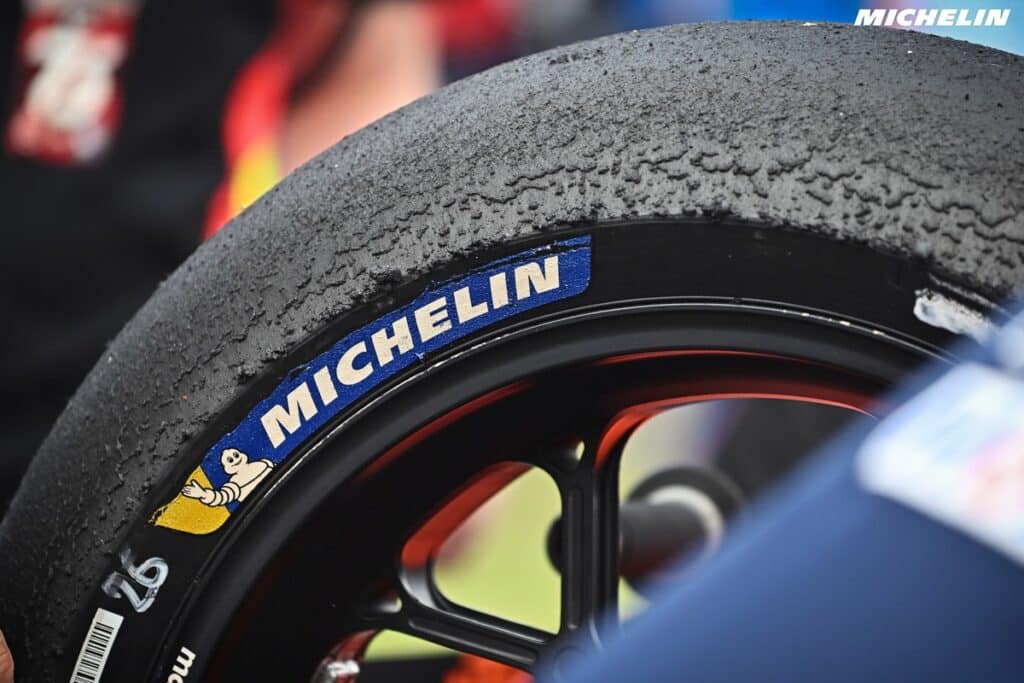
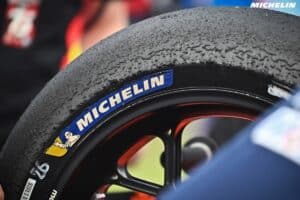
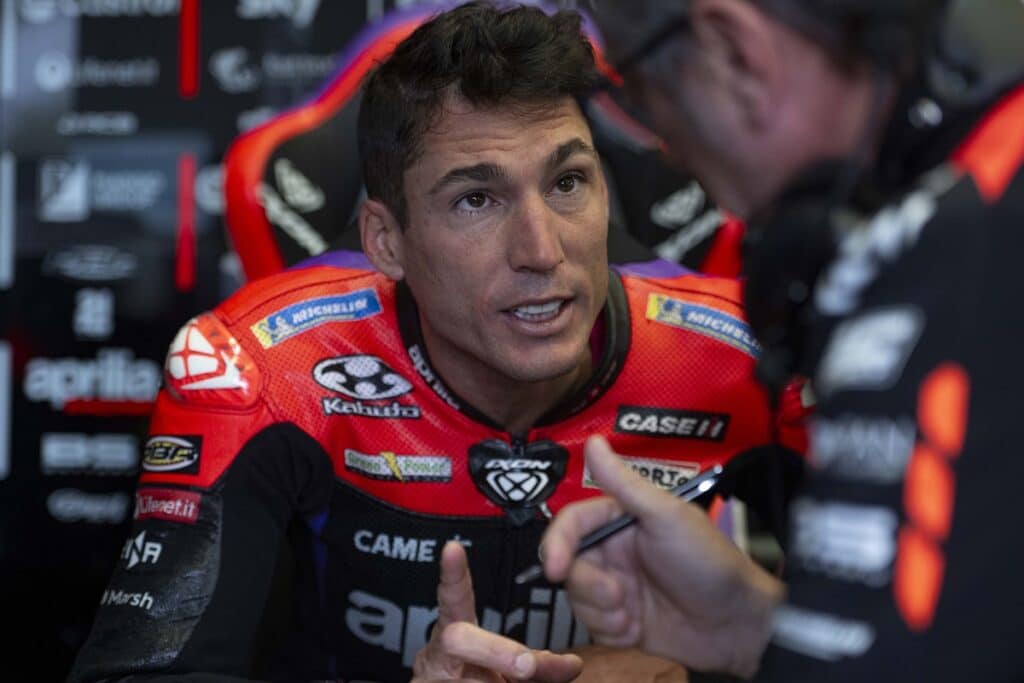














You must be logged in to post a comment Login